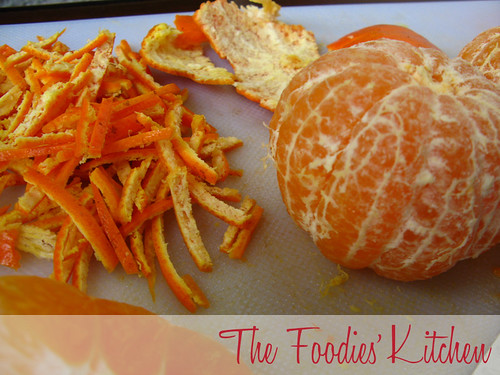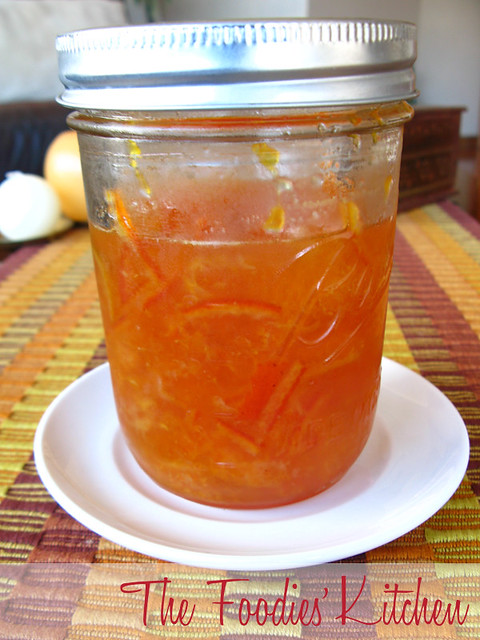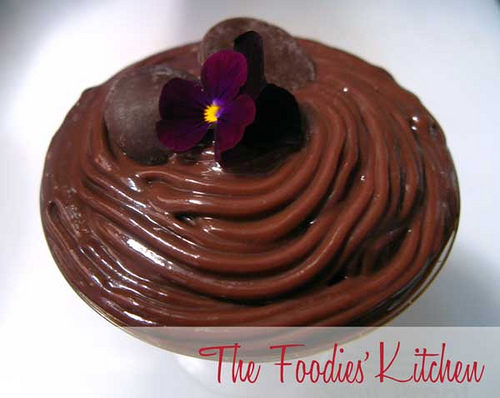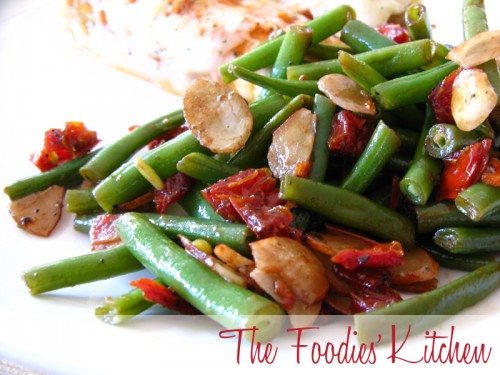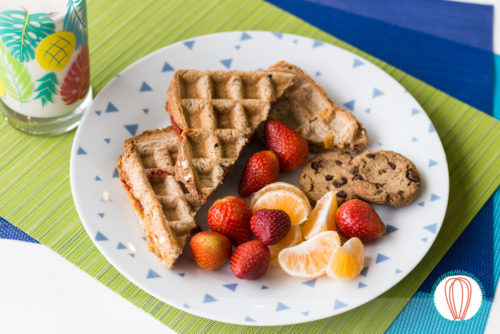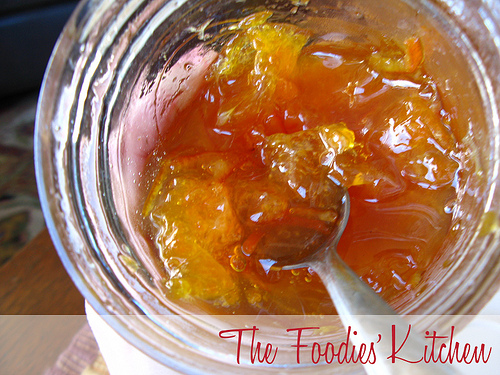
Tangerine Marmalade
This post is also available in ENGLISH (INGLÉS)
Here’s a recipe for you, while we still have tangerines around. After making my rhubarb and tomato jam, I was still in the mood to try other fruit flavors. Personally, I like citrus marmalades… But a lot of people find them too bitter. But, since I was making this myself I could control the bitterness by adding the right amount of tangerine peel. You can omit the peel altogether if you don’t want any biterness whatsoever, or just add very fine little slices.
Don’t skip the part where you put the pits in a cheese cloth (or coffee filter, like I did). You need pectin, which is present in fruits for your jam to “gel”. In citrus fruits, the pits are high in pectin, so do follow the steps as they are detailed.
This jam is great on scones and toast, with a little cream cheese. Also to spread on crepes, and… Maybe waffles with a chocolate spread? A little marmalade thinned with water to make a syrup on top? too much?
As with most jam and marmalade recipes, you will have enough to give away. I got 5 standard-sized jars.
Helga
Tangerine Marmalade
Adapted from David Lebovitz
Yields: Two quarts
Ingredients:
8 Large tangerines
10 cups (2.5 liters) water
pinch of salt
8 cups (1.6 kg) sugar
Procedure:
- Wash tangerines and wipe them dry. Cut each one in half, crosswise around the equator. Set a non-reactive mesh strainer over a bowl and squeeze the orange halves to remove the seeds, assisting with your fingers to remove any stubborn ones tucked deep within.
- Tie the seeds up in cheesecloth or muslin very securely. (or a coffee filter!)
- Cut each rind into 3 pieces and use a sharp chef’s knife to cut the rinds into slices or cubes as thin as possible. Each piece shouldn’t be too large (no more than a centimeter, or 1/3-inch in length.)
- In a large (10-12 quart/liter) stockpot, add the tangerine slices, seed pouch, water, and salt, as well as the juice from the tangerines from step #1. Bring to a boil, then reduce to a simmer, and cook until the peels are translucent, about 20 to 30 minutes.
(At this point, sometimes I’ll remove it from the heat after cooking them and let the mixture stand overnight, to help the seeds release any additional pectin.) - Stir the sugar into the mixture and bring the mixture to a full boil again, then reduce heat to a gentle boil. Stir occasionally while cooking to make sure it does not burn on the bottom. Midway during cooking, remove the seed pouch and discard.
- Continue cooking until it has reached the jelling point, about 220F degrees, if using a candy thermometer. To test the marmalade, turn off the heat and put a small amount on a plate that has been chilled in the freezer and briefly return it to the freezer. Check it in a few minutes; it should be slightly jelled and will wrinkle just a bit when you slide your finger through it. If not, continue to cook until it is.
- Remove from heat, and ladle the mixture into clean jars.
I don’t process my jams, since I store them in the refrigerator.
© 2011 – 2020, The Foodies’ Kitchen. All rights reserved | Todos los derechos reservados
This post is also available in ENGLISH (INGLÉS)



